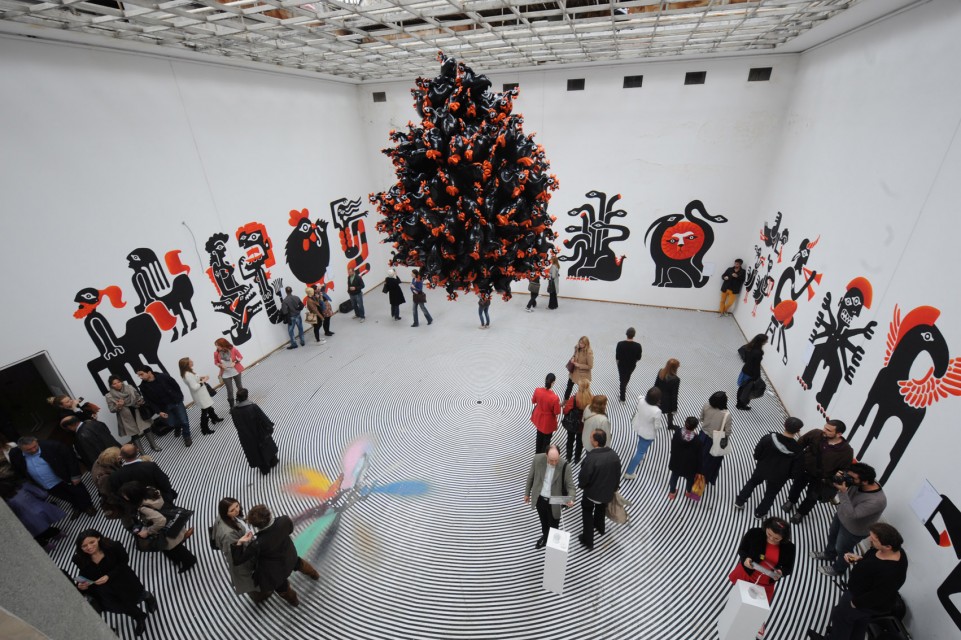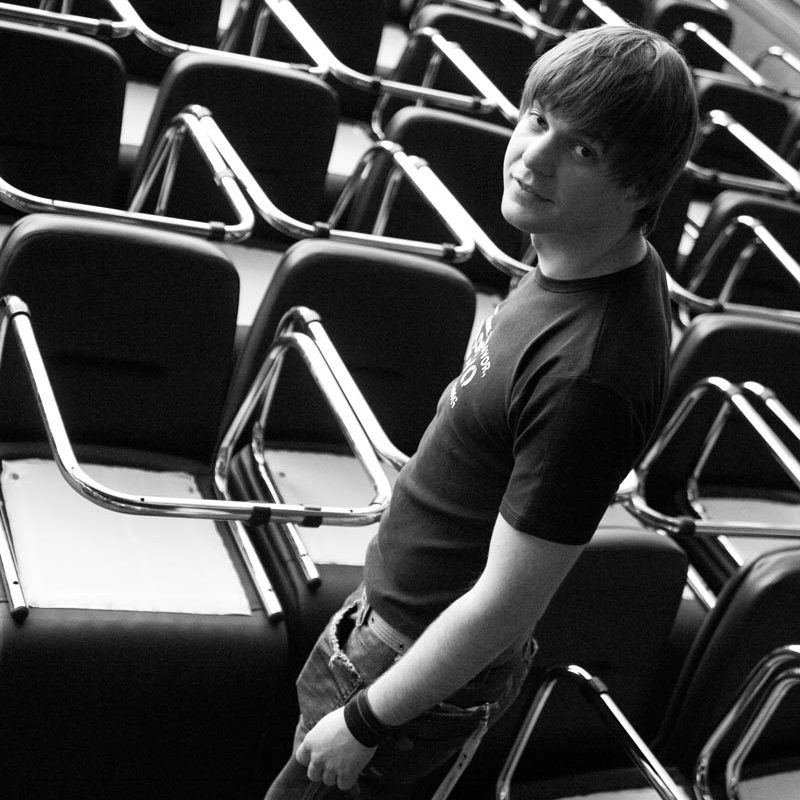
THE TRICKY BUSINESS OF REBUILDING A POST-CONFLICT CITY – FORBES, BY AMY GUTTMAN
The Serbian capitol of Belgrade is a lesson in the business of rebuilding a post-conflict city. Encouraging entrepreneurs as well as foreign investors through public-private partnerships, reduced bureaucracy, and other initiatives is crucial to its growth. And then, there’s the issue of confronting the few ghosts that continue to haunt and hamper business in Serbia. The former Yugoslavian country has emerged from socialism and the cataclysmic wars of the 1990s to restore and revive structural and societal damage, though the impacts still linger. Some of the scars are obvious, like the hollowed out buildings, more like empty shells, and the uneven, pot-holed pavements. Others are subtler.
Belgrade has big plans. Architectural goddess Zaha Hadid put her signature curves on designs for a mixed-use building. The touch of a celebrity architect is as sure a sign as any of a city’s ambitions to rise from its own shadows. A new government, national and local, won votes on anti-corruption platforms and promises to entice foreign investment with a highly skilled, cheap labor market. But, Serbia’s GDP is low for a country with attractive investment policies and a proficient labor pool. But indicators on the ground provide a more accurate picture, in detail and wide frame.
I meet architect Jovan Jelovac and his wife Vesna at a modern, fusion-style restaurant, called Homa. Jelovac divides his time between Belgrade, London and Zurich. He’s proud to dine on small dishes topped with truffles, rather than heavy, meatladen platters at his favorite restaurant in Belgrade. But, his tastes are not the norm. Living and travelling to other cities has adapted his palate, something many in Serbia simply can’t afford. Vlastimir Puhalo opened Homa four years ago and says income levels and the ability to travel, has stymied his, and a handful of other establishments’ success.
“I’m not convinced this kind of cuisine is a big thing. When they have foreign guests, people come here. They like it, but they still cling to their roots. They like heavy food; it needs to be cheap, huge plates. In Serbia, if you are paying for something it has to be good value. We all give the same portion of meat, but I’m not giving you a pound of potatoes and rice with it and the quality of my meat, the preparation, is three times better, that’s why its more expensive.”
Some things are slow to change, but others, like government support for important reforms is finally occurring. There is a public call for action to renovate decrepit facades all over the city. City architect Milutin Folic, part of the new Mayor’s team, knows that how a city looks, can be as important as how well it functions.
“We have plans to repave streets and install street lamps. You cannot attract investors in a place that doesn’t look good, where people don’t feel good. One of the main things is to make Belgrade comfortable for people who come to invest and live and work.”
Taking pride in one’s city, Jelovac agrees, is essential for Belgrade to get back on its feet.
“Its a simple, official sign of a civilized approach to your own heritage. The next action is a competition to design and build 100 city squares, because Belgrade is lacking defined architectural city squares and they are all around us, they’re just completely neglected. Foreign investors want to come to a place that is not falling down.”
The squares will be designed by local architects as part of a non-profit campaign to provide more green space and community gardens. Jelovac is behind an initiative to turn half of them into playgrounds.
Ten years ago, together with his wife and a small team, Jelovac established Belgrade Design Week (BDW), an annual non-profit event. Without government funding or support, they have, over time, raised the profile of a battered city. The original goal, Jelovac says, was simply to educate and expose.
“After all these crises, and turmoil in Serbia, we know the biggest disadvantage we have is education. Design hasn’t been a priority. We thought Design Week could raise the level of knowledge in the creative industries. If you don’t, you are completely missing the connection to the world. But, this is lowest on the list for funding; yet creative’s are entrepreneurs. Only the support or lack of it will determine whether that person adds value or not. We’re trying to invest in intellectual property.”
In order for a place to be taken seriously as a properly functioning city, Jelovac believes it must nurture and cultivate creative industries. The payoff he says is indisputable.
“We create 1.5-2 million Euros worth of media value with BDW. We create more than 500,000 Euros just from visitors sleeping in hotels and walking around Belgrade.”
Small, but significant changes are underway. Backed by the recently elected government, BDW is now supported with 7,000 Euros, a drop in the bucket of a 200,000 Euro budget, but a drop, nonetheless. More importantly, Jelovac has succeeded in engaging the new administration.
“The President of Serbia said, ‘Design is the future of Serbia.’ Under the new government, called the New Radicals, people hear us, and encourage us. The President and the City Architect attended the opening of BDW. The Mayor met with us for the first time. There is a massive political shift.”
Massive in the eyes of some; others contend Serbia’s biggest problem is breaking old habits, like my experience with City Hall. My request to interview the Mayor for this very story was declined by one of his handlers, someone who manages foreign investment. A later request to be put in touch with a successful Serbian businessperson was granted – with a stipulation – a favor in return. The quid pro quo came from the handler’s official email account, and made clear the “favor” was to be a separate story, about specific local businesses with flattering angles laid out and interviews lined up, including one with the Mayor. Needless to say, I declined. Local and foreign business people confirmed this was nothing new. None of them wanted to be named. In fact, they said, it was small-scale, comparatively. A controversial waterfront development project has come under fire for being pushed through without public debate, or a public tender.
It’s difficult to shake all the bad apples off a tree, and there are limitations on skin deep reform. But, some of the new initiatives have already paid off. One of the first things on Mayor Sinisa Mali’s agenda was to cut the red tape for building permits, something Folic says had been a major obstacle for development.
“IKEA was struggling for 10 years to get permits. We called them, asked where are the problems and the opening is scheduled for 2016. They are working on plans for a new Kempinski hotel. Hopefully next year, they will start building.”
Serbia could be an easy sell. It’s reputation for highly competent engineers and computer scientists is well known among large, multi-national software companies. Three friends who quit their jobs at Microsoft to return to Serbia and launch the most popular sports game on the Internet are proof. Nova Iskra, the first co-working space in the Balkans, is a collective of designers-turned-entrepreneurs, from industrial to graphic, winning international contracts.
Where business comes, tourism follows, is the belief. Folic spoke of a series of plans in motion: extending pedestrian areas to benefit local businesses, and a public bicycle system among them. “It’s a process,” Folic says, “One thing follows another. You don’t see the impact in a couple of years.”
Vlastimir Puhalo is hoping the impact, at least for his restaurant, comes sooner than that. “In a city of 2 million people, I think maybe 5% of the people like this kind of food. The crowd we have is very small, there are 6-10 restaurants that are part of this movement. In terms of mainstream, this is not a popular thing. We’re going to start a new restaurant in another part of Belgrade, but it’s going to be nothing like Homa, because I don’t think there’s enough people to support this kind of cuisine.”
Not just yet, but with new business, that change is coming.
http://www.forbes.com/sites/amyguttman/2015/03/26/the-tricky-business-of-rebuilding-a-post-conflict-city/#6593cc80357c
Trackback from your site.
